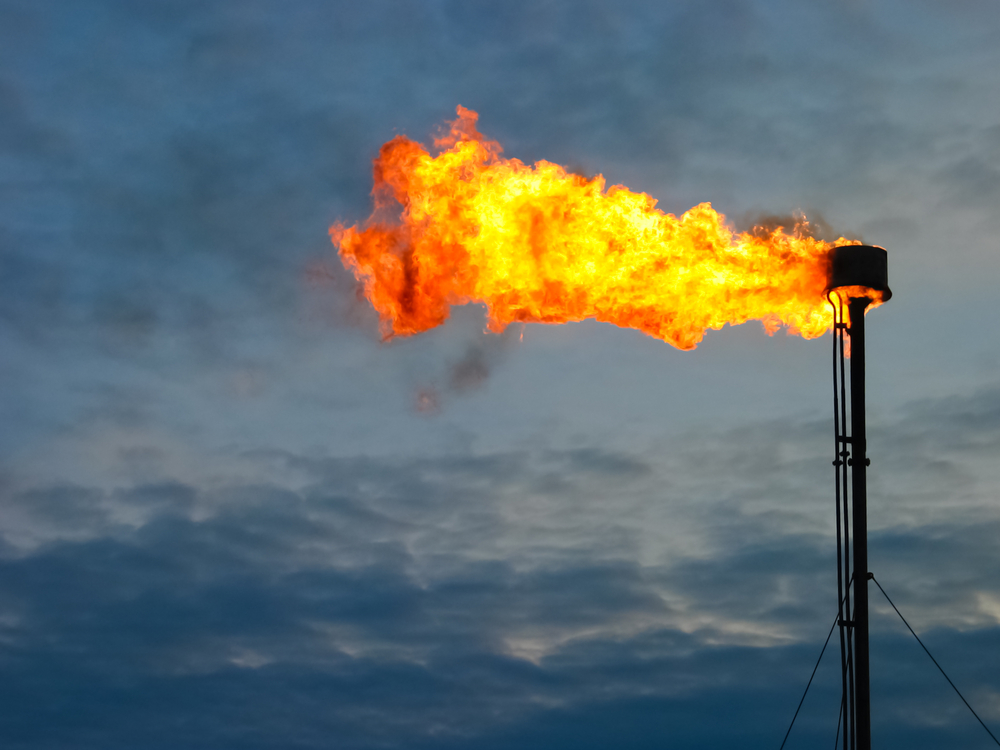
Anyone who has thrown a log into a campfire has witnessed changing forms of energy, from dead organic matter to heat.
Ironically, whether you’re using a beam of light through a magnifying glass, tree branches, or a splash of gasoline, the fuel for your campfire technically comes from the sun.
The main difference, however, is that all of these energy sources have emerged through very different geological pathways, giving different consequences to their use.
What are fossil fuels?
In the case of fossil fuel – usually coal, oil and natural gas – it took tens of millions of years to take its form.
This is because all three of these fossilized elements were once prehistoric plants or other living organic matter. They grew, absorbing the sun’s energy, then died and began to decay.
Although this type of matter often burns naturally or decomposes near the Earth’s surface – slowly releasing carbon dioxide (CO2) back into natural carbon cycle — sometimes and at certain periods this dead matter was buried.
Whether it was under oceans, swamps, soil, or some other force of nature, enough compaction and tremendous pressure trapped the carbon in Earth’s rocky layers.
Combined with heat and millions of years, this turned the fossilized carbon into oil, natural gas and coal, sequestered underground.
A non-renewable resource
Like any valuable commodity that requires aging, there is limited supply of these biological resources—not to mention the dire threats if they are misused.
This is in contrast to renewable fuels such as solar or wind, which are generated more directly by the sun or other abundant natural elements.
To get a sense of the time period and unique circumstances behind fossil fuels, just consider the ancient origins of most of the world’s coal.
Read more: How ancient forests formed coal and fueled life as we know it
300 million years in the making
Tens of millions of years before the dinosaursdense rainforests of towering trees and swamp vegetation covered much of Earth’s landmass.
Modern scientists have aptly called this period of time (between 359 and 299 million years) the Carboniferous Period.
With the abundance of prehistoric plant life, atmospheric oxygen levels have been measured at about 35 percent, compared to 21 percent today. Centipedes grow up to six feet long. And the wingspan of dove-sized dragonflies exceeded two feet.
Then, relatively suddenly (in geological terms), a series of events caused a major die-off began about 300 million years ago.
This was shortly before tectonic activity shifted the planet’s land and oceans to form Supercontinent Pangeawhich later broke up into our modern continents.
Read more: The Next Pangea: What Earth’s Future Supercontinent Will Look Like
Release of captured carbon
When the rainforests broke down, it created an incredible amount of dead organic matter, much of which settled under swamps, oceans, and soil.
As the earth’s masses shifted and pressure and heat built up, this decaying matter was isolated from the air above. Locked underground in rocks, many of these carbon stocks gradually took the form of coal.
Today, more than 300 million years after the minor extinction event, this buried carbon is being released at a rapid rate as humans extract the resource and burn coal for energy. The specific coal beds of the Carboniferous period are still the main source of coal around the world.
Other deposits of fossilized crude oil and natural gas arose from similar geologic events that occurred at least 60 million years ago and before.
Read more: The 5 mass extinctions that have swept our planet
Largest contributor to climate change
The problem is that life above Earth’s surface is not used to so much CO2 circulating in the atmosphere.
Although humans have been extracting and burning fossil fuels on an industrial scale for only a few hundred years, recent climate data reveal what NASA is calling a sudden and “relentless rise in carbon dioxide” which is a lead contributor to climate change.
Put another way: “The annual rate of increase in atmospheric CO2 over the past 60 years has been about 100 times faster than previous natural increases,” including tracking back to the end of the last ice age, according to NOAA Global Monitoring Laboratory.
This is already a known contribution to what some researchers call the sixth mass extinctionis currently being developed on Earth.
Read more: How to save planet earth
Barely Avoided ‘Snowball State of Earth’
A 2017 study published in Earth, Atmospheric and Planetary Sciences highlights the dramatic effect of storing carbon – instead of releasing it into the atmosphere.
This work uses multiple climate models to examine the end of the Carboniferous period and read atmospheric levels during this transition.
Essentially, researchers have discovered a reverse greenhouse effect, where a significant reduction in atmospheric carbon has almost resulted in a “totally icy snowball on Earth.”
“Ironically, the formation of most of these coal reserves during the late Paleozoic [which includes the Carboniferous period] brought Earth close to the threshold of global glaciation,” the authors write in academic article.
Atmospheric levels of CO2
Their calculations estimate that atmospheric CO2 levels were measured at less than 180 parts per million immediately after the Carboniferous period.
In contrast, the Earth is constantly ascending levels today they are over 420 ppm, surpassing any other mark in recorded history.
With this type of data on the books, the US Environmental Protection Agency now recognizes that burning fossil fuels is the nation’s largest source of human-caused greenhouse gas emissions, making the transition to alternative energy sources a high priority.

